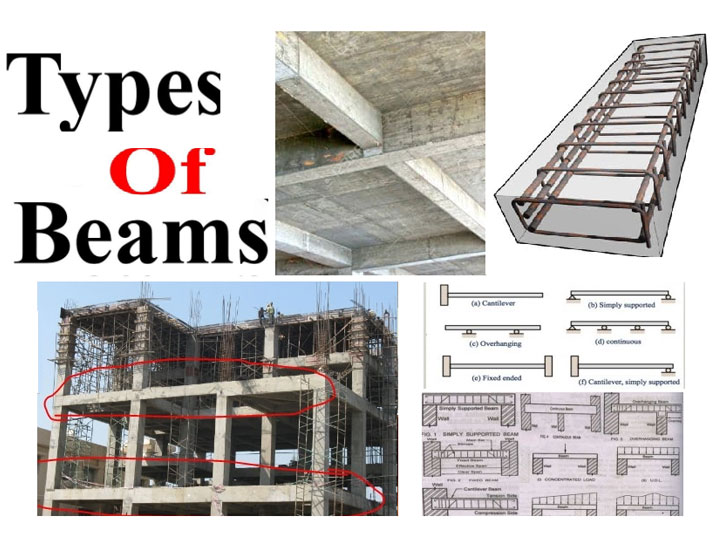In building construction, a beam is a component of structure which resists the load of the beam's axis. Beam is also called a lintel.
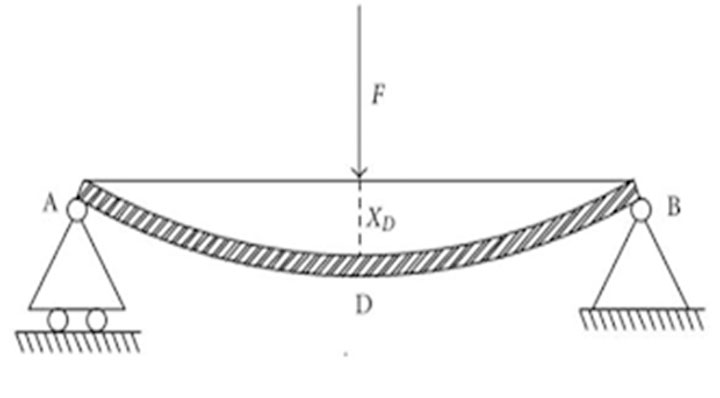
This type of beam is supported at its both ends is known as simply supported beam. This is used mainly in 2 to 3 storeyed buildings.
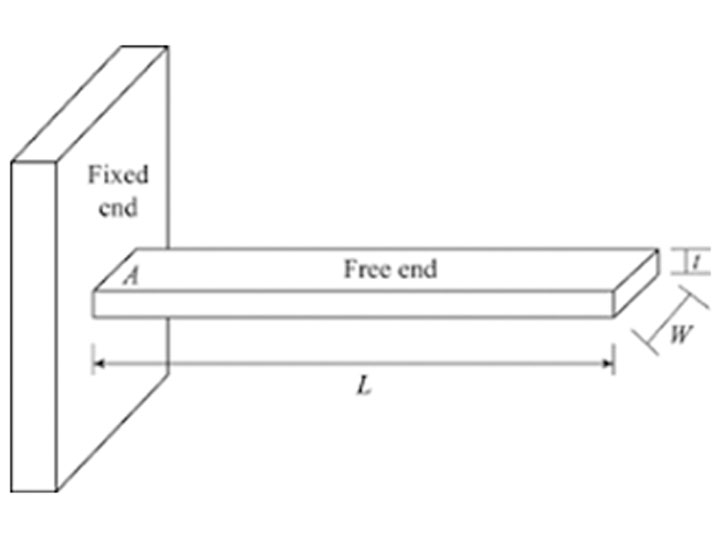
This type of beam is fixed at one end and free at the other end is also known as cantilever beam. This beam is used mainly for supporting the sunshade of a bigger span of the building. This type of beam is used for the maximum shear forces & moments developed at the support section, that is a reinforced concrete column.
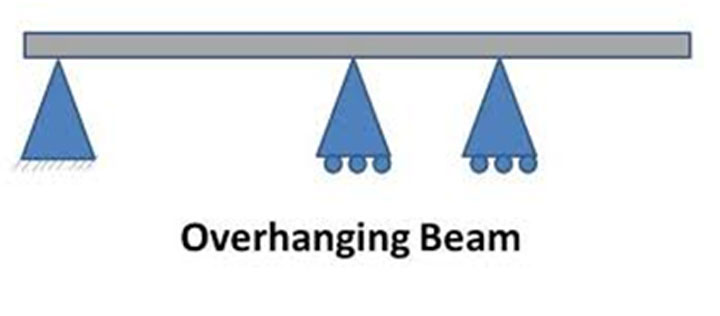
In this type of beam the end part of the beam is stretched beyond the support then it is called overhanging beam.
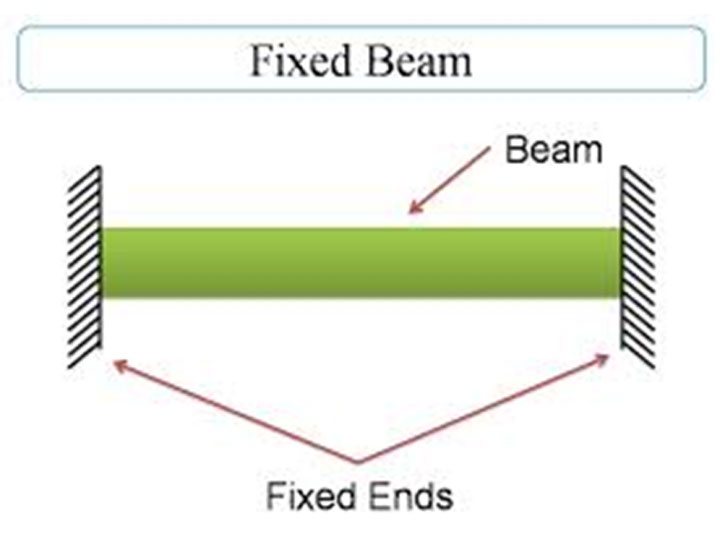
In this type of beam, the both ends are fixed in walls, also known as fixed beam.
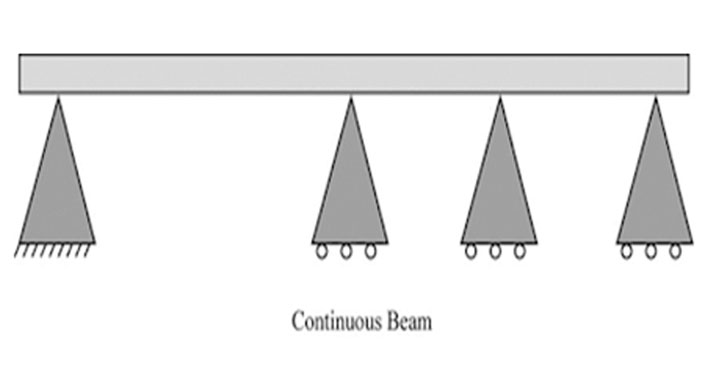
This type of beam provides more than two supports known as continuous beam. This type of beam is mainly used in multi storeyed buildings.
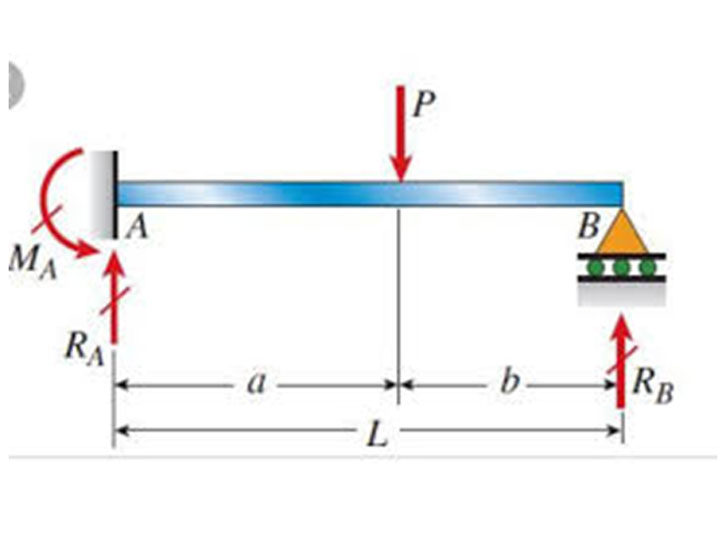
In this type of beam the free end is placed on a roller support. It is a modification of a cantilever beam.
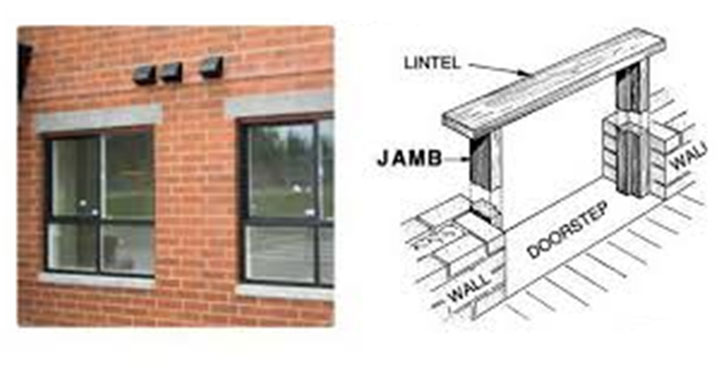
This type of beam is used to open the windows and doors. This type of beam behaves like a guard of windows.
There is another type of beam in construction.
Beam bear the vertical gravitational force. They also carry the horizontal loads. Beam is also very useful for taking bending loads. The cross section of beam and the orientation of beam is also very helpful. By using beam section workers make the structure stiff by increasing the moment of inertia by disturbing the area away from the neutral axis thus increasing moment of resistance.
The standard size of the concrete beam at least 230 mm x 230 mm (9" x 9"). According to their span the standard size of the depth of the beam is increased or decreased.
| SL NO | BEAM NAME | SPAN |
|---|---|---|
| 1 | Cantilever | 7 |
| 2 | Simply supported | 20 |
| 3 | continuous | 26 |
Calculation of minimum size of R.C.C beam size as per IS 456: 2000
Effective depth =Span/Basic value
Total Depth = Effective depth + dia./2 + Clear Cover Width = Depth/1.5 (width should not be less than 200 mm)
Note:
As per IS ? 13920,
The width to depth ratio should be more than 0.3.
Width/Depth >0.3
Depth of beam shall not be exceeded ? of the clear span.
Where,
Le = Effective length
D = Total depth of the beam
d = Effective depth of the beam
b = width of beam
Span of simply supported beam = 5 m
Then effective depth of beam = 5000 / 20
d = 250 mm
Total depth = effective depth + diameter of bar/2 + clear cover
Assume diameter of bar = 16 mm
D = 250 + 16/2 + 25
D = 283 mm ? 285 mm
And width = D/1.5
Width = 285 /1.5
b = 190 mm
So, we will take 200 mm for width
Then,
Width / Depth = 200/ 285 = 0.7 > 0.3, SAFE
Then,
we can check depth of beam = ? of span
= ? x 5000
= 1250 mm > 285 mm, SAFE
Span of cantilever beam = 2 m
Then effective depth of beam = 2000 / 7
d = 285 mm
Total depth = effective depth + diameter of bar/2 + clear cover
Assume diameter of bar = 16 mm
D = 285 + 16/2 + 25
D = 318 mm ? 320 mm
And width = D/1.5
Width = 320 /1.5
b = 213 mm
So, we will take 230 mm for width
Then,
Width / Depth = 230/ 320 = 0.71 > 0.3, SAFE
Then,
we can check depth of beam = ? of span
= ? x 2000
= 500 mm > 320 mm, SAFE
Example- For continuous beam
Span of continuous beam = 5 m
Then effective depth of beam = 5000 / 26
d = 192.3 mm ? 200 mm
Total depth = effective depth + diameter of bar/2 + clear cover
Assume diameter of bar = 16 mm
D = 200 + 16/2 + 25
D = 233 mm ? 235 mm
And width = D/1.5
Width = 235 /1.5
b = 156.67 mm
So, we will take 200 mm for width
Then,
Width / Depth = 200/ 235 = 0.85 > 0.3, SAFE
Then,
we can check depth of beam = ? of span
= ? x 5000
= 1250 mm > 235 mm, SAFE
Check for lateral stability or buckling:
(As per IS 456:2000, page no.39, clause 23.3)
For Simply Supported or Continuous Beam
Allowable L = 60 b
Allowable L= 250. b^2 / d
Take the least value of L
If beam span is less than L allowable, then the beam will be safe from lateral stability or buckling.
Where,
b = width of beam
d = effective depth of the beam
Example-
Allowable L = 60 b
Allowable L = 60 x 200
Allowable L = 12000 mm = 12 m
And
Allowable L = 250 b2 / d
Allowable L = 250 x 2002 / 285
Allowable L = 35087.7 mm = 35.087 m
Therefore,
Allowable L = 12 m
Here, Allowable L = 12 m > 5m, SAFE
Thumb rule method
calculate the depth of the beam according to the method
1 foot (span of the beam) = 1Inch (depth of beam)
If the span of the beam is 16 feet, then the depth of the beam will be 16 inches.
To get more details, go through the following video tutorial.
